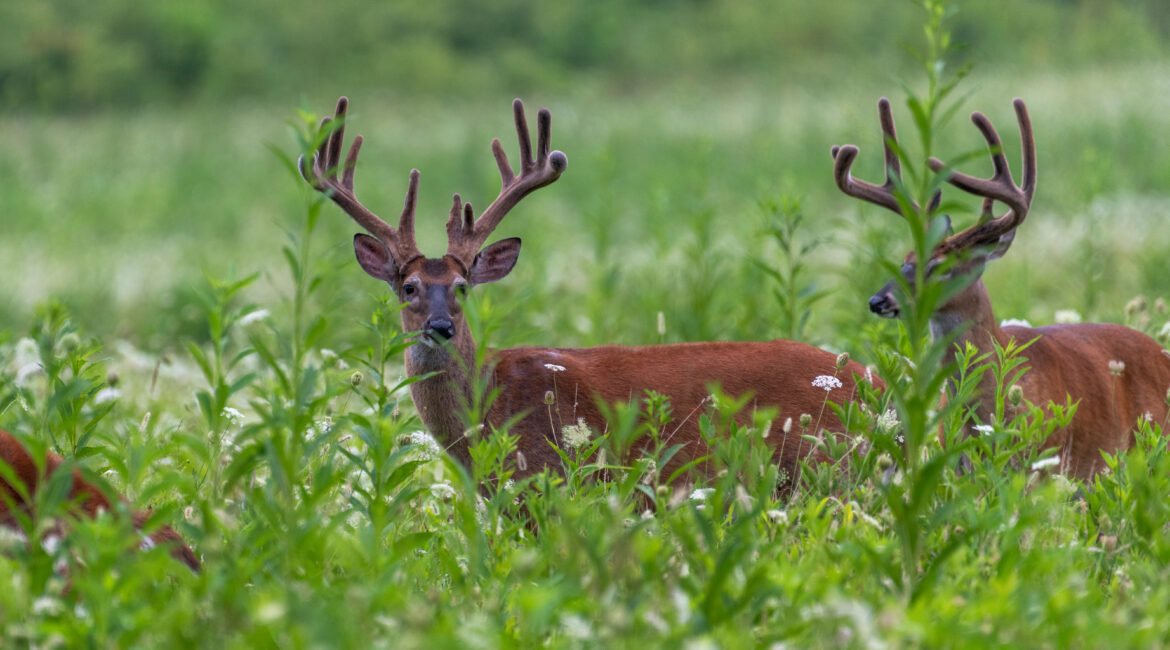
Maintaining a World-Class Hunting Property
Creating and maintaining a world-class hunting property like Record Breaking Ranch requires careful planning, diligent management, and a deep understanding of wildlife ecology and habitat needs. Here are some key components that go into world-class hunting property management:
- Habitat Management:
- Habitat improvement is crucial for attracting and sustaining healthy wildlife populations. This includes managing vegetation, water sources, and cover to provide food, shelter, and breeding areas for target species.
- Implementing practices such as prescribed burning, selective timber harvesting, planting food plots, and creating wildlife corridors can enhance habitat quality.
- Wildlife Population Management:
- Effective management of wildlife populations involves monitoring population dynamics, setting harvest quotas, and implementing strategies to maintain balanced populations.
- This may include selective harvesting of certain age or sex classes, predator management (where appropriate), and controlling invasive species that compete with native wildlife.
- Quality Deer Management (QDM):
- QDM principles focus on improving the age structure and genetic quality of deer populations. This involves setting harvest guidelines to allow deer to reach maturity, protecting young bucks, and selectively harvesting older, mature bucks.
- Implementing QDM practices can lead to healthier deer populations with better antler quality and overall herd health.
- Water Management:
- Providing access to clean water sources is essential for wildlife health and habitat quality. This may involve creating ponds, wetlands, or waterholes, as well as managing water sources to prevent contamination and erosion.
- Trail and Camera Monitoring:
- Regular monitoring of wildlife activity through trail cameras and observation can provide valuable data for assessing population trends, behavior patterns, and habitat use.
- This information helps land managers make informed decisions about habitat management and hunting strategies.
- Infrastructure Development:
- Developing infrastructure such as roads, trails, and hunting blinds can improve accessibility and safety for hunters while minimizing disturbance to wildlife.
- Establishing comfortable lodging facilities and amenities can enhance the overall hunting experience for guests.
- Hunting Regulations and Ethics:
- Establishing and enforcing hunting regulations and ethical guidelines is essential for sustainable hunting practices and wildlife conservation.
- This may include setting hunting seasons, bag limits, and weapon restrictions, as well as promoting fair chase principles and ethical hunting behavior.
- Community and Stakeholder Engagement:
- Engaging with local communities, stakeholders, and conservation organizations can foster collaboration and support for conservation efforts.
- Building partnerships with neighboring landowners, government agencies, and conservation groups can enhance habitat connectivity and wildlife corridors.
- Long-Term Planning and Conservation:
- Developing a comprehensive long-term management plan that considers conservation goals, habitat restoration, and sustainable land use practices is essential for maintaining the health and biodiversity of the hunting property.
- This may involve habitat conservation easements, land trusts, and other legal mechanisms to protect the property from development and ensure its conservation for future generations.
- Education and Outreach:
- Providing educational programs, workshops, and outreach events can help promote wildlife conservation, habitat stewardship, and responsible hunting practices among hunters and the broader community.
By integrating these components into a holistic management approach, landowners and managers can create and sustain world-class hunting properties that support thriving wildlife populations, exceptional hunting experiences, and long-term conservation goals.

0 Comments